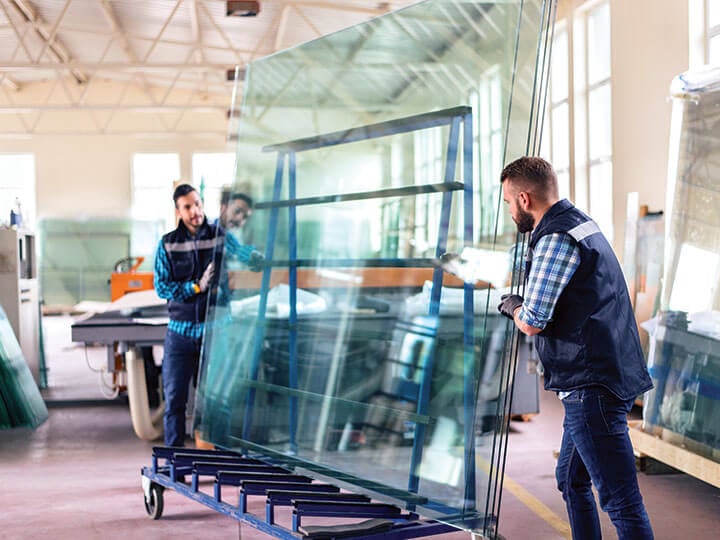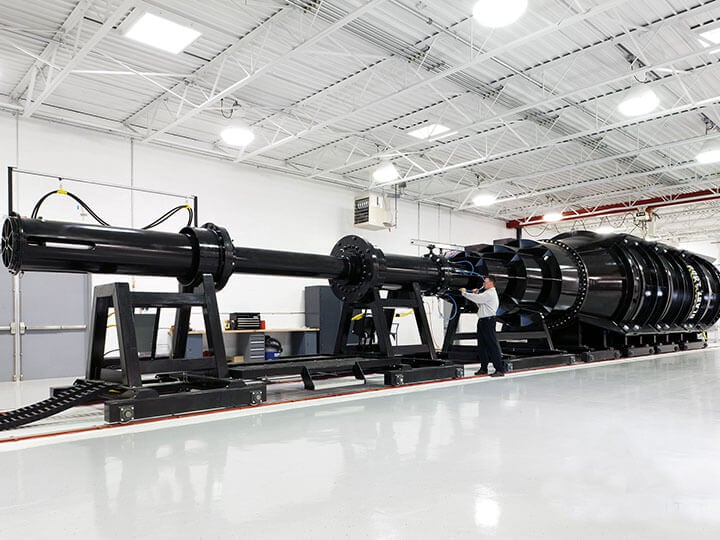ANSI Z97.1: Safety Glazing Materials Used in Buildings
Standard: ANSI Z97.1 – Safety Glazing Materials Used in Buildings – Safety Performance Specifications and Methods of Test
Certification Required: Manufacturers may find it beneficial to obtain a certification through Safety Glazing Certification Council (SGCC) to provide third-party assurance of their material's performance characteristics.
Scope: Per ANSI Z97.1, "This standard establishes the specifications and methods of test for the safety properties of safety glazing materials (glazing materials designed to promote safety and reduce the likelihood of cutting and piercing injuries when the glazing materials are broken by human contact) as used for all building and architectural purposes."
Applicable Products: Safety glazing materials (including tempered glass, laminated glazing, patterned glass, bent glass, organic coated glazing, mirror glazing, and plastic glazing materials)
Test Procedure: Per Table 1 (Grouping of Tests for Safety Glazing Materials) of ANSI Z97.1, laminated glazing and organic coated glass shall meet the requirements of Impact, Thermal, Weathering, and Indoor Aging Tests; tempered glass shall meet the requirements of Impact and Center Punch Fragmentation Tests; plastic glazing shall meet the requirements of Impact, Weathering, Indoor Aging, Hardness, and Modulus Tests.
End Result: Per ANSI Z97.1, the specimen evaluation criteria for Impact Testing Type 1 is "no tear or shear or opening develops within the vertical specimen through with a 3.0 in diameter sphere can pass"; for Type 2 "the 10 largest crack-free particles shall be selected and weighed… the average thickness will be used to determine the maximum allowable weight"; for Type 3 "the stiffness and hardness of the specimen shall be determined"; for Type 4 "No breakage occurs.”
The interpretation of results for center punch fragmentation is "the total of the 10 largest crack-free pieces shall weigh no more than the equivalent weight of 10 square inches of the original test sample.”
The thermal test "shall be made to determine the probable effect of exposure to high temperature and humidity conditions for a long period of time.”
Per ANSI Z97.1, "The purpose of weathering [LG or OCG] is to determine if degradation of the interlayer occurs over the duration of the exposure. No bubbles or delaminations shall develop more than 0.5 in. from the outer edge of the specimen or any crack.”
Special Notes: (None)
Intertek Testing Locations: York, PA; Plano, TX; Fresno, CA; Kent, WA; St. Paul, MN; Atlanta, GA
You may be interested in...
Glass and Glazing Products Testing
Reduce risk and validate the performance of your glass and glazing materials.
Threat Resistance & Ballistics Testing - Blast and Forced Entry Resistance
Threat Resistance Testing solutions for Ballistics, Blast and Forced Entry Resistance helping minimize risk to human safety and all potential attacks.
Knowledge Center
Building Health & Wellness: An Overview of Services
Acoustical Testing & Consulting Resources
Remote Pre Inspections for NFPA 80 / 101
Protek - Safety. Everywhere. Every Day
Fire Doors 101: Your Guide to Testing and Certification - Webinar Recording
Tornado Testing & Certification Requirements - Webinar Recording
Plumbing Products Testing & Certification - Webinar Recording
The Evolving Code Evaluation Process White Paper
Proposition 65 & the Furniture Industry Webinar Recording
Why Planning for FCC Certification is Key to Success in the Door Hardware Industry White Paper

Upcoming Tradeshows & Events
Resources
- Search and Buy Building & Construction Standards
- SpecDirect
- Building Products Directory
- Project Connect (formerly myATI) – B&C Products
- Construction Hive – B&C Projects (PSIQest)
- My TestCentral



